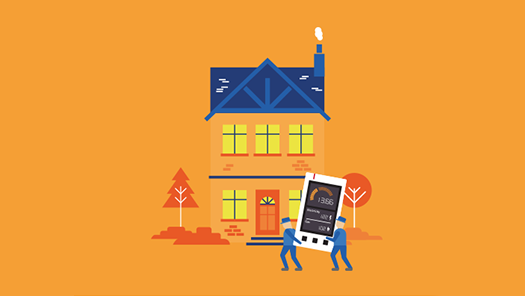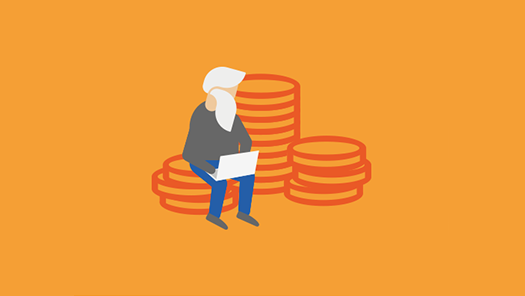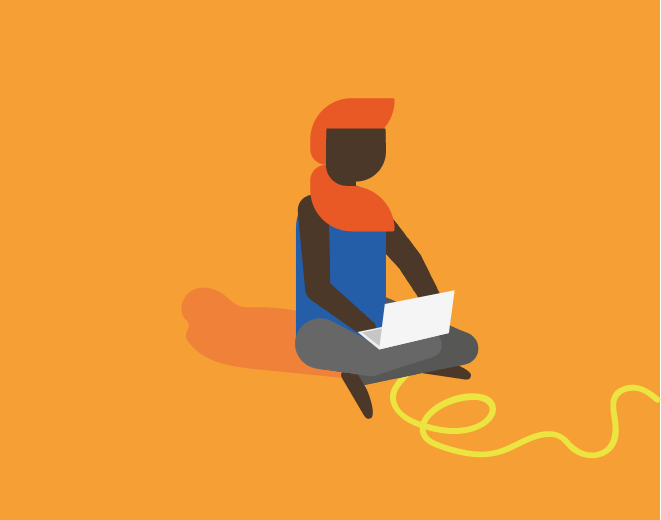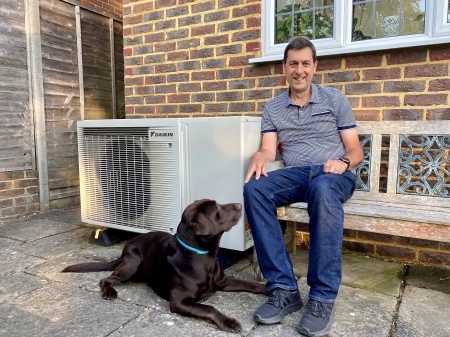
Home buyers guide for energy
As a home buyer, you'll have a million things to think about and lots of household expenses to consider. So here's our guide to help you with your energy in your new home, so you have one less thing to worry about when it comes to household bills.
Before you move
- Let your energy supplier know that you're moving.
- Read your meter on the day you move out and give these readings to your supplier. Read our guide to reading a meter.
- Give your supplier a forwarding address so you can pay your final bill.
Our full moving house checklist has all the details you need.
After you move
- Contact the new supplier to let them know you’ve moved in. Not sure who your supplier is?
- Read the meters on your first day and give these readings to your supplier.
- Pay your final bill for your last property.
When you get into your new property you should:
- Find your gas and electricity meters. You can usually find your meters in the kitchen, hall or outside your property. If you can’t find them, contact your estate agent.
- Find your trip switch. You need to know where your trip switch is in case your power cuts out. The trip can be triggered if you have a faulty appliance or you’re using too much electricity – it's to keep you safe. It will be in or next to the fuse box.
- Find your meter numbers. You have two meter numbers – the Meter Point Administration Number (MPAN) for electricity and the Meter Point Reference Number (MPRN) for gas. The Meter Point Administration Number (MPAN) is unique to your home, is 21 digits long and can be found on your bill. The Meter Point Reference Number (MPRN) is unique to your gas supply and is between six and 10 digits.
Smart meters

If your new property has a smart meter then lucky you! This is a great way to get accurate bills and stay in control of your energy. The only thing is, first generation smart meters only work if you stay with the same supplier who fitted them.
Check with your energy supplier if your smart meter will still work if you switch suppliers. You can still switch suppliers and have a smart meter, but you might have to have a new smart meter fitted.
Similarly if the property doesn’t have a smart meter and you want one, you will need to contact your new energy supplier.
Read all you need to know in our smart meter section.
What happens if my new place has a prepayment meter?
If you have a prepayment meter (one where you have to top-up with a card or key and insert it into the meter) always contact your energy supplier immediately when you move in.
If you start using it and topping up, there's a chance you might end up with debts from the previous tenant. Speak to your supplier to make sure they know the date you moved in and then you won't have any debts or problems passed over to your account.
You can ask the supplier to:
- Send instructions on how to use the prepayment meter
- Take any debt off the account
- Send a new key or card if needed
You should also consider whether a prepayment meter is right for you and your new home. If it isn't, you should ask your supplier to change your meter – ideally a smart meter.
What tariff will you be on?

When you move into your new home the current energy supplier for the property will automatically transfer you to their standard tariff. This isn’t always the best deal for you. Make sure you shop around so you save more on your bill.
You could save more than you think by switching. Every household is unique and has different needs – so we have a range of tariffs that offer something different for everyone:

Considering switching? Check out our guide on how to switch energy suppliers.
Want to switch? Check out our tariff range.
Keep your energy bills low
As a new home buyer, you'll need to save money where you can. By making simple changes or switches at home, you can end up saving a lot. Read our guide to making energy-efficient choices at home and read our top tips below to start new energy and money saving habits from the start – for minimal extra cost.
- Draught proof any doors or windows with a cheap option like draught-excluding foam.
-
Take showers not baths. Showers take much less energy than baths.
-
Keep windows shut in winter.
-
Turn down the thermostat a little bit on your boiler and room thermostat if you have one.
-
Replace your light bulbs with low-energy LED bulbs – they use much less energy and last much longer.
Related articles

Get shifty and reduce your carbon footprint

